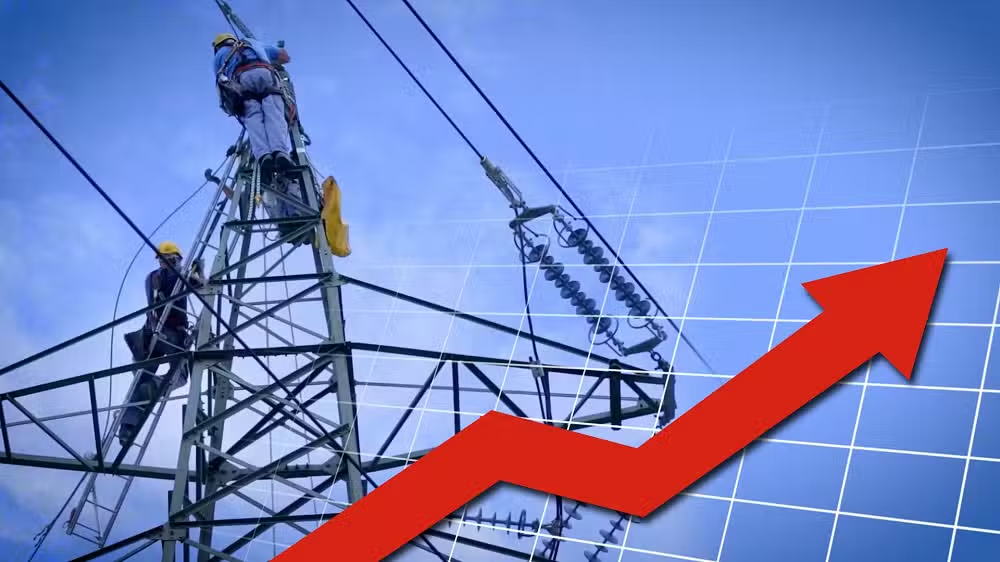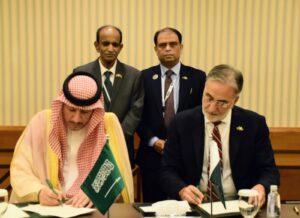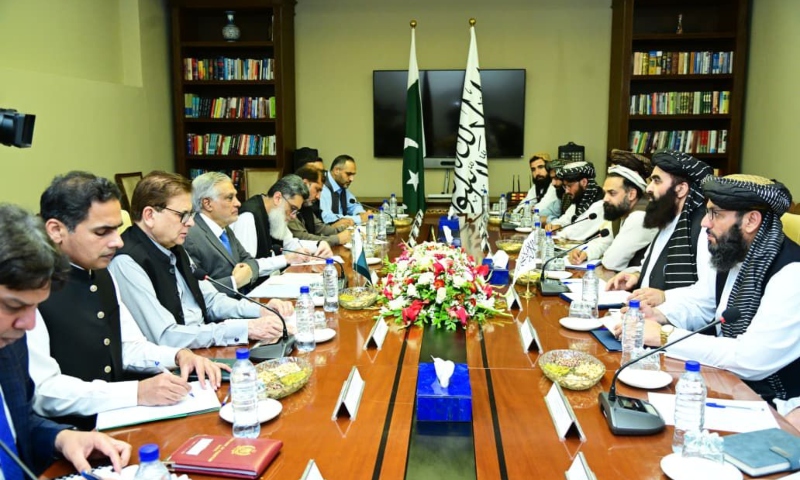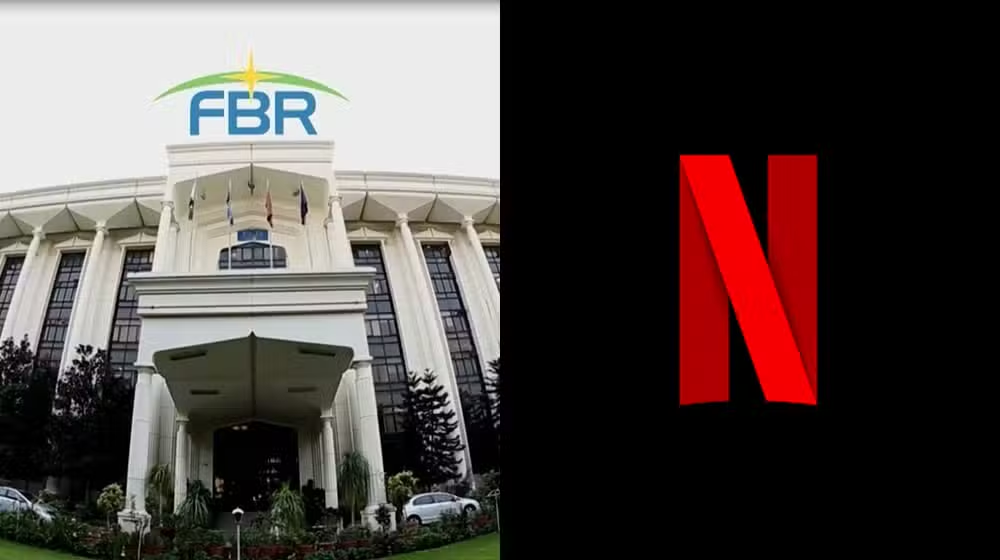
Business
Government Plans to Increase Electricity Tariff By Rs. 7 Per Unit
The federal government has informed the International Monetary Fund (IMF) of its intention to increase the average electricity tariff from Rs. 5 to Rs. 7 per unit in July, citing the need for annual adjustments.
However, despite this proposed increase, the government acknowledges that it may still fall short of its circular debt reduction target.
Express Tribune reported that the IMF has rejected the government’s proposal to lower power tariffs for industries by shifting the burden onto consumers using up to 200 units per month through fixed charges.
ALSO EXPLORE
Government Plans Tax Increases on Non Filers, Vehicle Owners
The IMF has requested further details regarding the proposed Rs. 7 per unit increase in the average electricity tariff.
Currently, domestic consumers face an effective electricity price of Rs. 62 per unit, inclusive of various surcharges and taxes.
The anticipated tariff hike is linked to budget subsidies exceeding Rs. 1.2 trillion for the fiscal year 2024-25, with potential adjustments depending on changes in subsidy amounts.
Despite previous electricity price hikes, circular debt remains a pressing issue.
While the government and IMF set a circular debt target of Rs. 2.3 trillion for the current fiscal year, the Ministry of Energy forecasts a potential shortfall of Rs. 80-100 billion.
ANOTHER TOPIC
Ministry Sets Deadline to Finalize Budget Ahead of IMF Mission
The Ministry of Finance has proposed Rs. 920 billion in power subsidies for the next fiscal year, although a final decision is pending.
However, efforts to address the power sector’s challenges, including combating electricity theft, have proven insufficient.
Notably, the energy ministry’s suggestion of implementing a fixed monthly surcharge for consumers using up to 200 units faced opposition from the IMF, which argued against burdening domestic consumers to benefit industrial users.
In the current fiscal year, direct tariff differential electricity subsidies amounted to Rs. 632 billion, with only Rs. 158 billion covered by the budget, while the remainder was borne by residential, commercial, and industrial consumers.








